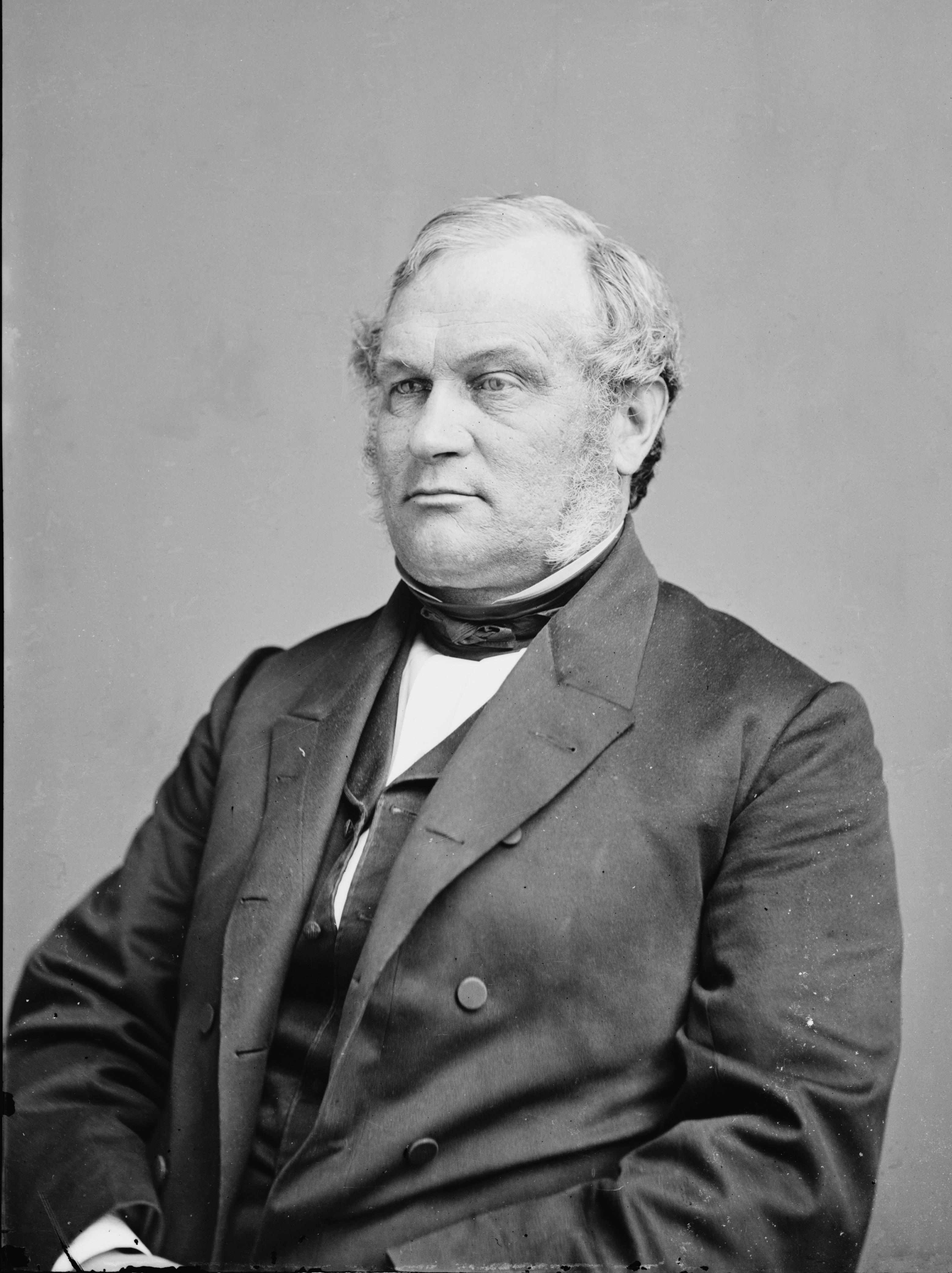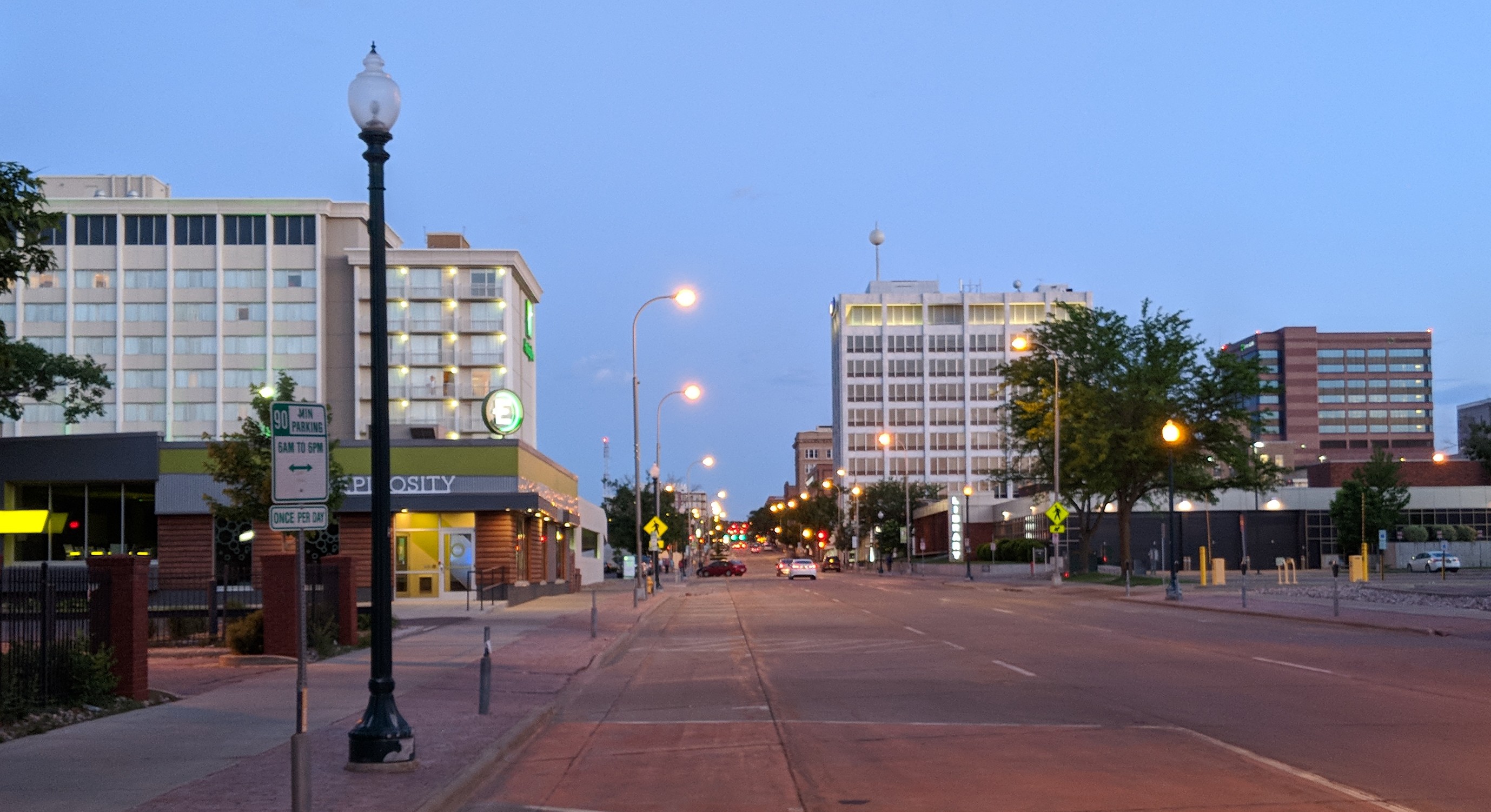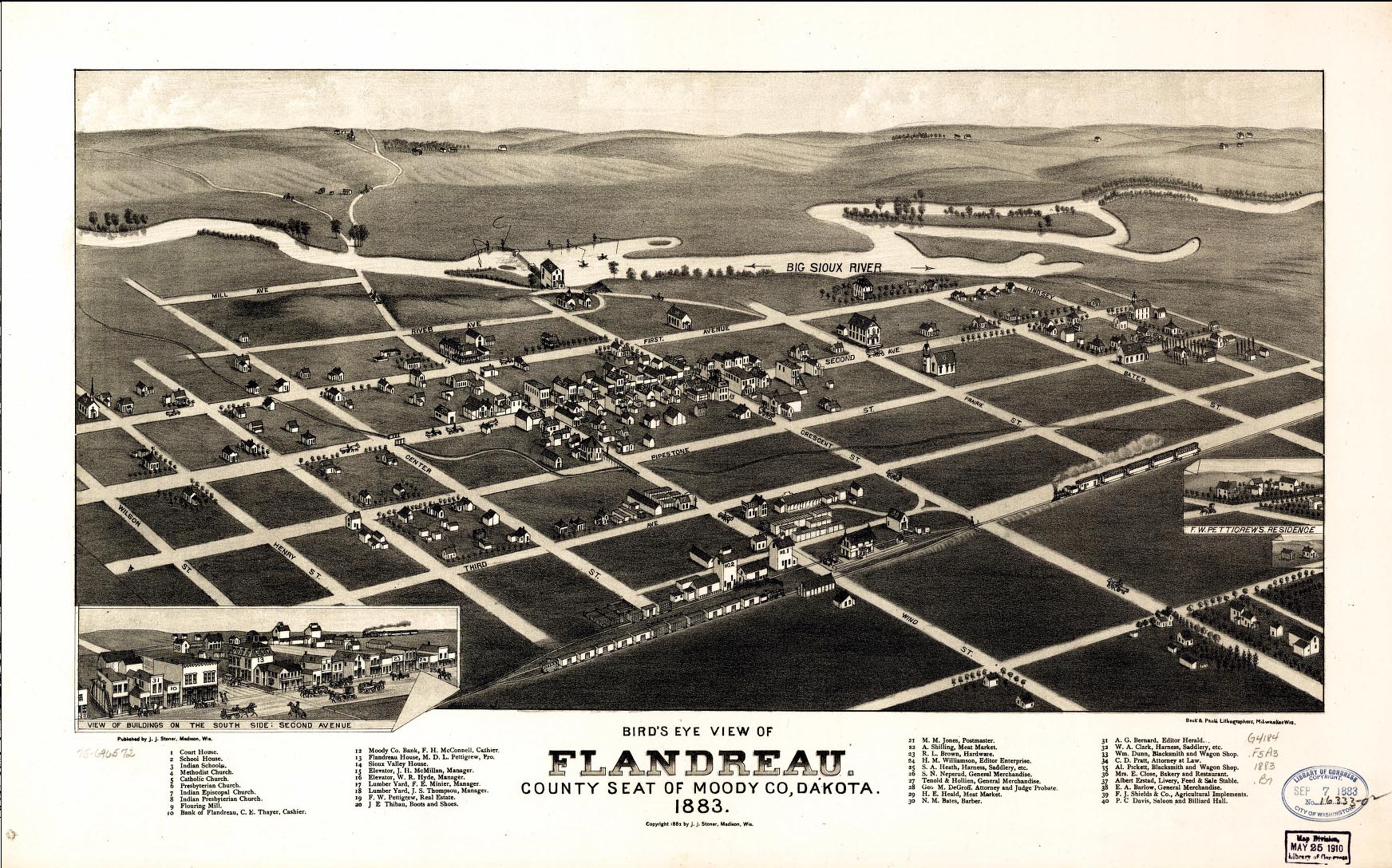|
Medary, South Dakota
Medary is an Unincorporated area, unincorporated community in Brookings County, South Dakota, Brookings County, South Dakota, United States. Founded in 1857 by the Dakota Land Company, it was one of the first towns in South Dakota. It is not tracked by the U.S. Census Bureau. History Early history The earliest signs of human activity found in the area date back to 1500 B.C., evidenced through ancient Stone tool, stone artifacts belonging to many different Indigenous peoples of the Americas, Native American peoples, as well as several burial mounds found in the area. Popular places for early Indian settlements in the county were along the List of lakes in South Dakota, county's many lakes, including the Oakwood Lakes and Lake Campbell; and the Big Sioux River. Sioux Indian tribes later settled the area. The American bison, buffalo, elk, and deer herds in the area were important parts of Native American and American pioneer, pioneer life. The area had been traveled by Missionary, m ... [...More Info...] [...Related Items...] OR: [Wikipedia] [Google] [Baidu] |
Unincorporated Area
An unincorporated area is a region that is not governed by a local municipal corporation. Widespread unincorporated communities and areas are a distinguishing feature of the United States and Canada. Most other countries of the world either have no unincorporated areas at all or these are very rare: typically remote, outlying, sparsely populated or List of uninhabited regions, uninhabited areas. By country Argentina In Argentina, the provinces of Chubut Province, Chubut, Córdoba Province (Argentina), Córdoba, Entre Ríos Province, Entre Ríos, Formosa Province, Formosa, Neuquén Province, Neuquén, Río Negro Province, Río Negro, San Luis Province, San Luis, Santa Cruz Province, Argentina, Santa Cruz, Santiago del Estero Province, Santiago del Estero, Tierra del Fuego Province, Argentina, Tierra del Fuego, and Tucumán Province, Tucumán have areas that are outside any municipality or commune. Australia Unlike many other countries, Australia has only local government in Aus ... [...More Info...] [...Related Items...] OR: [Wikipedia] [Google] [Baidu] |
List Of Lakes In South Dakota
This is a list of lakes in South Dakota. See also *List of rivers of South Dakota Sources Lake Surveys, Maps, and Fishing ForecastsNortheast South Dakota fish surveysSoutheast South Dakota fish surveysWestern South Dakota fish surveys [...More Info...] [...Related Items...] OR: [Wikipedia] [Google] [Baidu] |
Minnesota Territory
The Territory of Minnesota was an organized incorporated territory of the United States that existed from March 3, 1849, until May 11, 1858, when the eastern portion of the territory was admitted to the Union as the State of Minnesota and western portion to the unorganized territory then the land shortly became the Dakota territory. History The Minnesota Territory was formed on March 3, 1849, with present day states of Minnesota and a large portion of modern-day North and South Dakota. At the time of formation there were 5000 settlers living in the Territory. There were no roads from adjoining Wisconsin or Iowa. The easiest access to the region was via waterway of which the Mississippi River was primary. The primary mode of transport was the riverboat. Minnesota Territory had three significant pioneer settlements: St. Paul, St. Anthony/Minneapolis, and Stillwater plus two military reservations: Fort Snelling and Fort Ripley. All of these were located on a waterwa ... [...More Info...] [...Related Items...] OR: [Wikipedia] [Google] [Baidu] |
List Of Governors Of Minnesota
The following is a list of governors of the state of Minnesota and Minnesota Territory, United States. The officeholder, who serves as head of government of Minnesota, and is charged with ensuring the faithful execution of the state's laws, is empowered to name state commissioners and department heads and to approve or veto bills passed by the Minnesota Legislature. The governor of Minnesota also serves as commander-in-chief of the Minnesota National Guard. Henry H. Sibley was elected the first governor in a statewide election held on October 13, 1857, and took office following Minnesota's entry into the Union as the 32nd state on May 11, 1858. At the time, the governor and lieutenant governor were elected on separate ballots to terms lasting two years. Prior to 1886, statewide elections were held on odd years. Because of this change (the result of an 1883 state constitutional amendment), Lucius F. Hubbard's second term as governor lasted three years. With the passage of a ... [...More Info...] [...Related Items...] OR: [Wikipedia] [Google] [Baidu] |
Sioux Falls, South Dakota
Sioux Falls () is the most populous city in the U.S. state of South Dakota and the 130th-most populous city in the United States. It is the county seat of Minnehaha County and also extends into Lincoln County to the south, which continues up to the Iowa state line. As of 2020, Sioux Falls had a population of 192,517, which was estimated in 2022 to have increased to 202,600. The Sioux Falls metro area accounts for more than 30% of the state's population. Chartered in 1856 on the banks of the Big Sioux River, the city is situated in the rolling hills at the junction of interstates 29 and 90. History The history of Sioux Falls revolves around the cascades of the Big Sioux River. The falls were created about 14,000 years ago during the last ice age. The lure of the falls has been a powerful influence. Ho-Chunk, Ioway, Otoe, Missouri, Omaha (and Ponca at the time), Quapaw, Kansa, Osage, Arikira, Dakota, and Cheyenne people inhabited and settled the region previous to Europea ... [...More Info...] [...Related Items...] OR: [Wikipedia] [Google] [Baidu] |
Flandreau, South Dakota
Flandreau is a city in and county seat of Moody County, South Dakota, United States. The population was 2,372 at the 2020 census. It was named in honor of Charles Eugene Flandrau, a judge in the territory and state of Minnesota. He is credited with saving the community of New Ulm, Minnesota, from destruction during conflict with the Sioux tribe in 1862. In 2015, the nearby federally recognized Flandreau Indian Reservation of Santee Sioux had planned to open the nation's first recreational marijuana lounge in a former bowling alley, close to its existing Royal River Casino and Hotel. Any tourists or non-tribal members using marijuana on tribal land risked state prosecution, so they abandoned the plan. Geography Flandreau is located at (44.047855, −96.596417), along the Big Sioux River. According to the United States Census Bureau, the city has a total area of , of which is land and is water. Flandreau has been assigned the ZIP code 57028 and the FIPS place code 21540 ... [...More Info...] [...Related Items...] OR: [Wikipedia] [Google] [Baidu] |
White People
White is a racialized classification of people and a skin color specifier, generally used for people of European origin, although the definition can vary depending on context, nationality, and point of view. Description of populations as "White" in reference to their skin color predates this notion and is occasionally found in Greco-Roman ethnography and other ancient or medieval sources, but these societies did not have any notion of a White or pan-European race. The term "White race" or "White people", defined by their light skin among other physical characteristics, entered the major European languages in the later seventeenth century, when the concept of a "unified White" achieve universal acceptance in Europe, in the context of racialized slavery and unequal social status in the European colonies. Scholarship on race distinguishes the modern concept from pre-modern descriptions, which focused on physical complexion rather than race. Prior to the modern era, no Europe ... [...More Info...] [...Related Items...] OR: [Wikipedia] [Google] [Baidu] |
Animal Trapping
Animal trapping, or simply trapping or gin, is the use of a device to remotely catch an animal. Animals may be trapped for a variety of purposes, including food, the fur trade, hunting, pest control, and wildlife management. History Neolithic hunters, including the members of the Cucuteni-Trypillian culture of Romania and Ukraine (c. 5500–2750 BCE), used traps to capture their prey. An early mention in written form is a passage from the self-titled book by Taoist philosopher Zhuangzi describes Chinese methods used for trapping animals during the 4th century BCE. The Zhuangzi reads, "The sleek-furred fox and the elegantly spotted leopard ... can't seem to escape the disaster of nets and traps." "Modern" steel jaw-traps were first described in western sources as early as the late 16th century. The first mention comes from Leonard Mascall's book on animal trapping. It reads, "a griping trappe made all of yrne, the lowest barre, and the ring or hoope with two clickets ... [...More Info...] [...Related Items...] OR: [Wikipedia] [Google] [Baidu] |
Missionary
A missionary is a member of a Religious denomination, religious group which is sent into an area in order to promote its faith or provide services to people, such as education, literacy, social justice, health care, and economic development.Thomas Hale 'On Being a Missionary' 2003, William Carey Library Pub, . In the Bible translations into Latin, Latin translation of the Bible, Jesus, Jesus Christ says the word when he sends the disciples into areas and commands them to preach the gospel in his name. The term is most commonly used in reference to Christian missions, but it can also be used in reference to any creed or ideology. The word ''mission'' originated in 1598 when Jesuits, the members of the Society of Jesus sent members abroad, derived from the Latin (nominative case, nom. ), meaning 'act of sending' or , meaning 'to send'. By religion Buddhist missions The first Buddhist missionaries were called "Dharma Bhanaks", and some see a missionary charge in the symbolis ... [...More Info...] [...Related Items...] OR: [Wikipedia] [Google] [Baidu] |
American Pioneer
American pioneers were European American and African American settlers who migrated westward from the Thirteen Colonies and later United States to settle in and develop areas of North America that had previously been inhabited or used by Native Americans. The pioneer concept and ethos greatly predate the migration to the Western United States, with which they are commonly associated, and many places now considered "East" were settled by pioneers from even further east. For example, Daniel Boone, a key figure in American history, settled in Kentucky, when that "Dark and Bloody Ground" was still undeveloped. One important development in the Western settlement was the Homestead Act, which provided formal legislation for the settlers which regulated the settlement process. Etymology The word "pioneer" originates with the Middle French ''pionnier'' (originally, a foot soldier, or soldier involved in digging trenches), from the same root as peon or pawn.Philip Durkin, "Lexical b ... [...More Info...] [...Related Items...] OR: [Wikipedia] [Google] [Baidu] |
Deer
Deer or true deer are hoofed ruminant mammals forming the family Cervidae. The two main groups of deer are the Cervinae, including the muntjac, the elk (wapiti), the red deer, and the fallow deer; and the Capreolinae, including the reindeer (caribou), white-tailed deer, the roe deer, and the moose. Male deer of all species (except the water deer), as well as female reindeer, grow and shed new antlers each year. In this they differ from permanently horned antelope, which are part of a different family (Bovidae) within the same order of even-toed ungulates (Artiodactyla). The musk deer (Moschidae) of Asia and chevrotains (Tragulidae) of tropical African and Asian forests are separate families that are also in the ruminant clade Ruminantia; they are not especially closely related to Cervidae. Deer appear in art from Paleolithic cave paintings onwards, and they have played a role in mythology, religion, and literature throughout history, as well as in heraldry, such as ... [...More Info...] [...Related Items...] OR: [Wikipedia] [Google] [Baidu] |
American Bison
The American bison (''Bison bison'') is a species of bison native to North America. Sometimes colloquially referred to as American buffalo or simply buffalo (a different clade of bovine), it is one of two extant species of bison, alongside the European bison. Its historical range, by 9000 BC, is described as the great bison belt, a tract of rich grassland that ran from Alaska to the Gulf of Mexico, east to the Atlantic Seaboard (nearly to the Atlantic tidewater in some areas) as far north as New York, south to Georgia and, according to some sources, further south to Florida, with sightings in North Carolina near Buffalo Ford on the Catawba River as late as 1750. Once roaming in vast herds, the species nearly became extinct by a combination of commercial hunting and slaughter in the 19th century and introduction of bovine diseases from domestic cattle. With a population in excess of 60 million in the late 18th century, the species was culled down to just 541 animals by 1889. ... [...More Info...] [...Related Items...] OR: [Wikipedia] [Google] [Baidu] |









.jpg)
